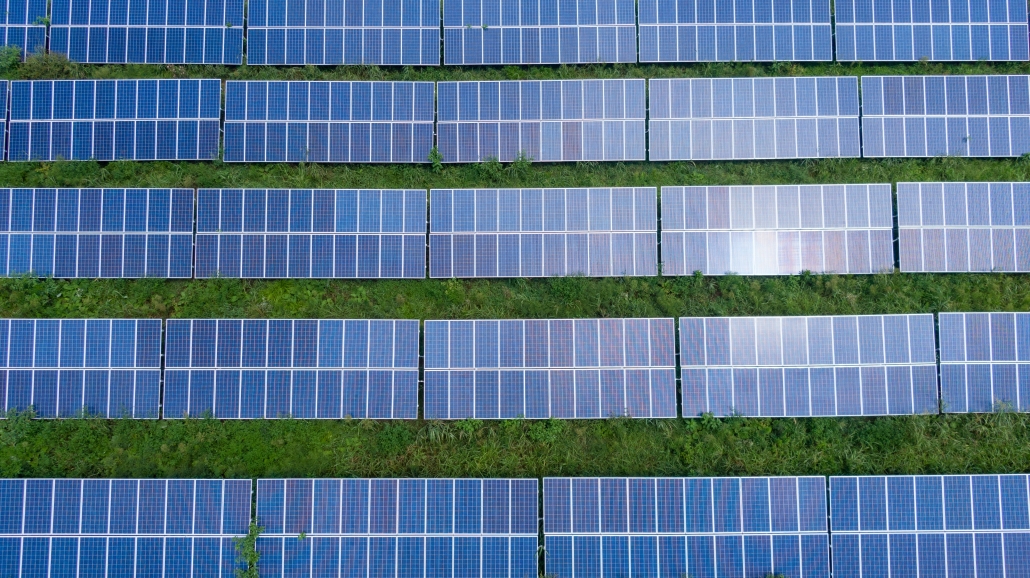Solar Payback Period
Solar PV System is an investment. Like any other investment, the key to its value is the size of its return and how quickly it can recover its outlay.
This is one of the questions people often ask us before investing in a Solar PV System.
Before calculating the payback period, we first have to look into some factors:
Total System Cost: It’s actually dependent on the size of your system and the equipment that make it up. The larger the system, the bigger the investment. The more power it’s generating the quicker you get the payback for your initial cost.
While this large system requires a bigger outright cost, it usually provides the greatest savings over time. It will also be the quickest return in your investment as it gives you the possibility to sell excess power to the grid which adds profit to your savings.
Value of Up-front Incentives: STC and LGC Rebates and Tax incentives can significantly reduce the upfront cost of going solar.
Average Monthly Electricity Cost: The amount you’re paying for your electricity monthly is determined by the size of the system you need and the amount you can offset monthly with solar.
The higher the bill you’re paying monthly, the shorter your estimated payback period will be, as you can reduce or totally eliminate this monthly bill once the solar panels are operational.
Estimated Amount of Electricity Generated: The amount your system generates is very important too. It determines the monthly savings you receive.
Now, let’s calculate your payback period:
1. COMBINED COST = Gross Solar PV Cost minus Upfront Incentives
- Calculate the Gross Cost of the System: This is the amount you pay to install your Solar PV System.
- Deduct your Upfront Incentives: Deduct the upfront incentives like STC’s, rebate and tax incentives
2. ANNUAL BENEFITS = Annual Savings + Additional Incentives
- Calculate your Annual savings: Assuming you’re paying a monthly electricity bill of $100 before solar, you can sometimes eliminate your electricity bill completely, saving you $1200. Or if you reduce your monthly payments to 80%, you will only then be paying $20 per month, saving you $960 annually.
- Additional Incentive: Calculate your additional incentives like the amount of money you get from the excess energy you sell back to the Grid
PAYBACK PERIOD = Combined Cost / Annual Benefits
So, if you’re thinking about going solar and you want to know more about the size of the system you need, give us a call on 03 9646 1239.

 Understanding Solar Warranty
Understanding Solar Warranty 

Leave a Reply
Want to join the discussion?Feel free to contribute!